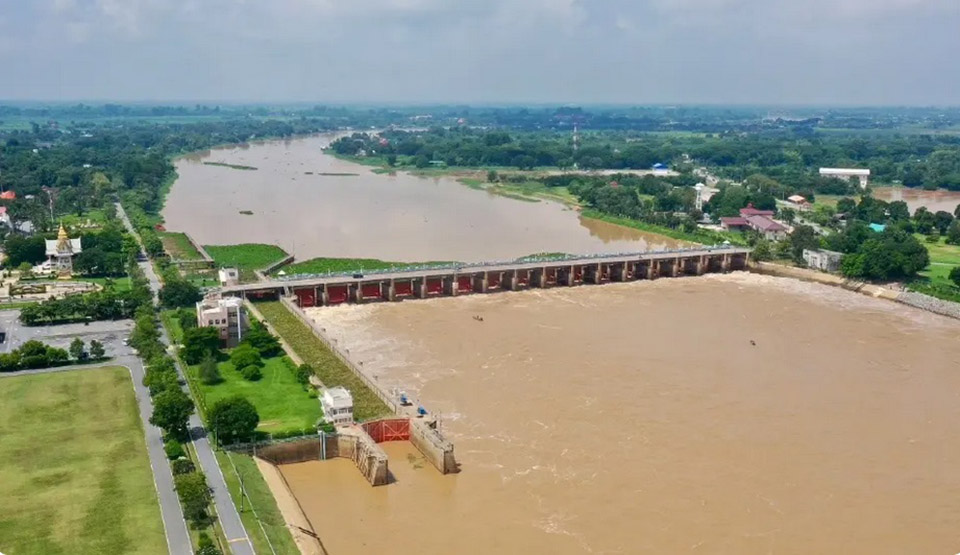
BANGKOK, Thailand – The Flood, Storm, and Landslide Disaster Relief Operations Center has announced a reduction in the discharge from Chao Phraya Dam as the country moves towards the end of the rainy season. The center’s spokesperson, Jirayu Huangsap, reported that water inflow upstream in Nakhon Sawan has decreased, allowing the dam’s water discharge to be lowered to 1,950 cubic meters per second. The adjustment is expected to benefit areas in Sing Buri and Ang Thong provinces, easing flood conditions in various communities. The decision was made in response to updated forecasts on rainfall and tide levels from October 13 to 24.
Meanwhile, southern Thailand is preparing for heavy rains as a monsoon trough brings severe weather to the region. Jirayu warned of potential flash floods, forest runoff, and landslides, particularly in Surat Thani, Nakhon Si Thammarat, and Yala. Residents in high-risk areas have been advised to stay alert and monitor reservoirs that are nearing full capacity. The public is urged to remain cautious, particularly in regions prone to recurring floods and waterlogged urban areas.
Addressing rumors circulating on social media, Jirayu dismissed reports of an impending storm expected to affect Thailand between October 13 and 14. After consulting with the Thai Meteorological Department, he confirmed there were no signs of tropical storm formation near the country. The public has been advised to verify any such information through official channels.
In Chiang Rai, recovery efforts continue following severe flooding. As of October 11, 96% of affected households in Chiang Rai’s capital district have been restored, while 73% of households in Mae Sai district have received assistance. The National Water Resources Committee, led by Deputy Prime Minister Prasert Chantraruangthong, is now prioritizing long-term water management solutions, including the use of AI technology to improve efficiency and decision-making in managing water resources across Thailand. (NNT)








